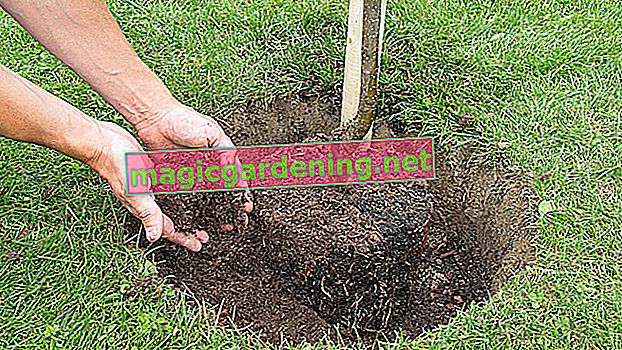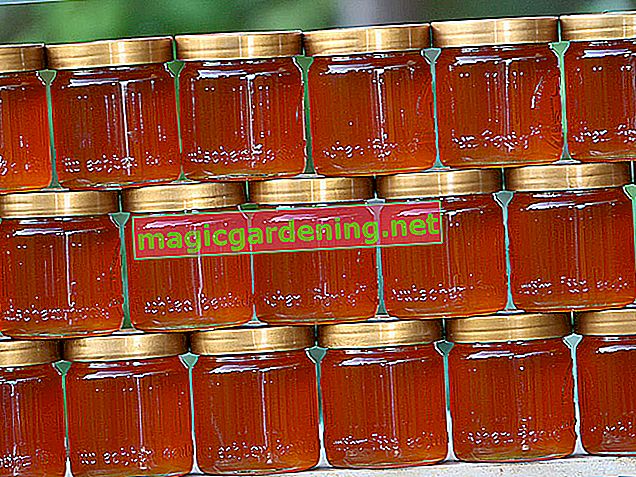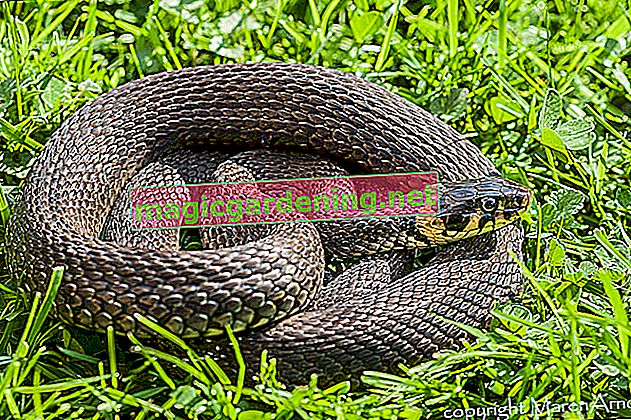
Don't panic with the first dragon tree: a form of growth similar to palm trees
The “trunk” of a dragon tree is often unbranched and somewhat equally thick from top to bottom. As with many palm trees, this trunk is created by slowly lengthening the upper end, where old leaves regularly die off. Therefore, with your first dragon tree, don't panic if the bottom leaves turn brown. This is quite normal as long as new, fresh green or, depending on the subspecies, reddish leaves always grow back above these brown leaves.
also read
- Measures against brown spots on the dragon tree
- Brown tips on the leaves of the dragon tree
- What to do when the dragon tree loses leaves
This is to be done with brown leaf tips
If the leaves are primarily brown at the leaf tips, this can be an indication that the air in the room is too dry. Dragon trees not only like it to be evenly warm, they also need a certain level of humidity. However, this is difficult to keep consistently high in many indoor spaces, since a certain risk of mold on the walls comes with a high level of humidity. But you can do something good for your dragon trees if you put water with as little lime as possible (e.g. collected rainwater) in a spray bottle and use it to wet the leaves at least once a week.
Be careful when pouring
If all the leaves of your dragon tree turn brown at the same time (or first yellow and then brown), this can be a sign of serious care mistakes. For example, dragon trees don't like it at all when they:
- are too close to the radiator
- standing in direct sun all day long (this can lead to "sunburn" on the leaves)
- never be repotted
- not be fertilized
- kept too dry or too wet
As a rule, the root ball of the dragon tree should never dry out, but waterlogging can be even more serious as a care mistake.
Tips
If the brown leaves are accompanied by a root ball that is obviously rotten (which can usually be smelled), it may be too late to save the plant. If the top of the dragon tree is not yet soft and rotten, an attempt can sometimes be successful to cut the “trunk” cleanly and to let it root again like a cutting.








